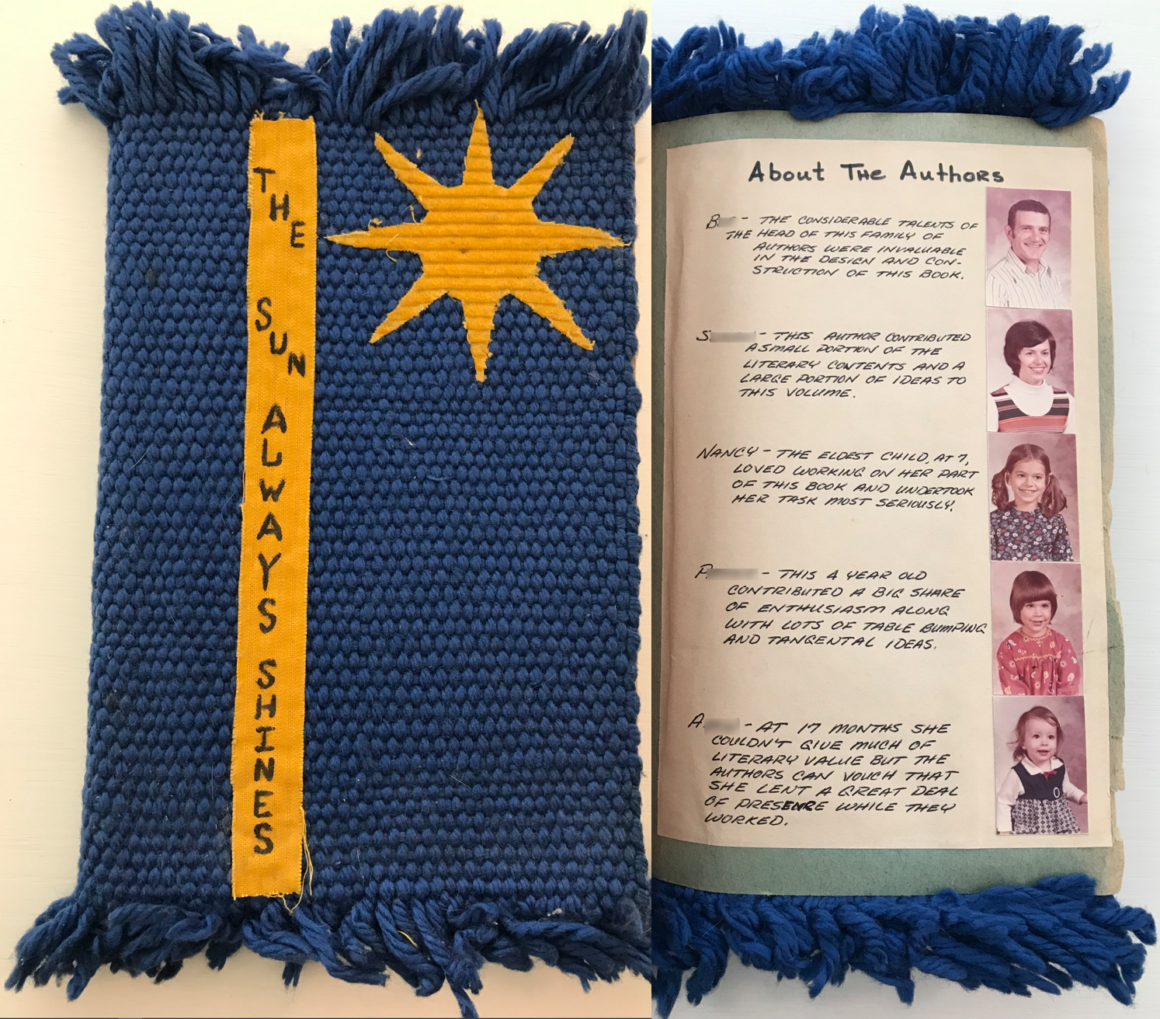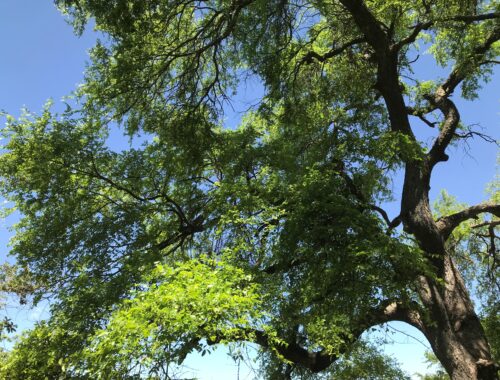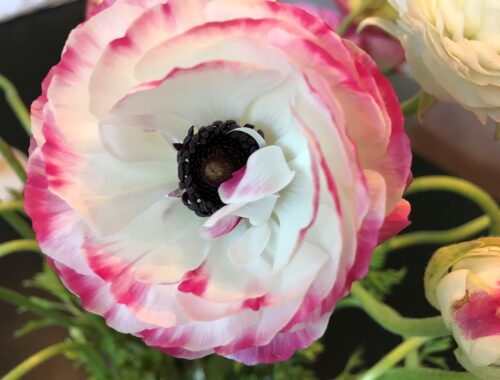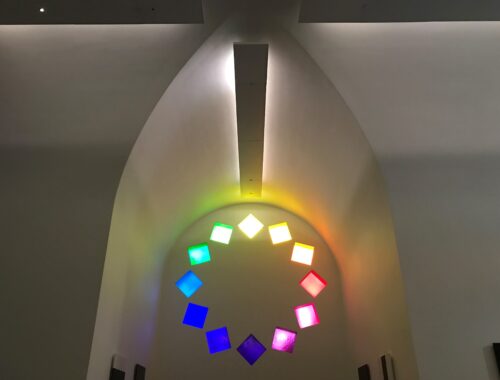
Exercises of the Heart
I’ve been deeply aware lately of the flexing required of my mother/sister/daughter heart. As my life continues to accumulate annual holidays, it arranges them in comparison and contrast to each other, one November and December layering onto the others, the traces of the increasing number of the former ones emerging through the translucency of the latest ones. This year at our Thanksgiving tables—the leaves added to fully extend our usual dining table, with a long craft table set up to extend the ten feet even farther—we gathered in three people who have not feasted with us before, we ached for one whose other family enjoyed her company this year, and we missed two we had expected, but for whom COVID (still a disruptive factor, these three years on) had other plans. We were a total of 24 eating together in gratitude and congeniality, everyone having contributed a piece of their traditions and sensibilities to our robust and joyful collaborative effort.
Rs. and A. drove more than 800 miles to be with us over this long weekend, and we’ve been going through the garage and a packed closet and a storage unit to extract everything of theirs, now that they have their own apartment home—non-student housing!— and decades of life ahead that they’re hoping and planning for. Part of the sorting and excising process is offering to them some of what has come from my mother’s possessions after the paring down for her move to a studio apartment at the care home. In their early twenties, Rs. and A. can consider these elements of personal and family history—a life’s materiality, where the items themselves have no commercial value but may hold historical or personal value, the markers of “I Was Here” and “This is What Life Was for Me”—without seeing them as a reminder of their own mortality. For R. and me, every item of the treasures and the flotsam and jetsam, the mix of the range of them all in hastily filled boxes, is a mine in a wide field of the consideration of the value of a life, of our lives, which seem increasingly short, after our half-centuries already having flown by quickly. Just this one year, this 2022, his mother passed, my mother moved into a memory care home, his father is on a rapid decline with Loewy Body dementia, and R. and I have become the oldest generation within our families, the ones holding the longest narrative.
Among the mass of my mother’s items, we found this handmade book from 1973. My father constructed the book—hand wove the cover, cut out and applied the labeling, sewed together the folded construction paper to make the pages, with the former vibrance of their multicolors now faded into ghostly suggestions—and the rest of us contributed text and illustrations. We had moved from Arizona to Alaska a year earlier, left the fold of my mother’s family for adventuring as just the four of us in the Last Frontier, my father’s beard grazing his collarbones, my mother’s braids brushing her rear, our transport a pale blue Ford Econoline van with flowers painted on the side and a bed built into the back, and then we became five, with another three siblings added in our decade ahead in Skagway. This blue-and-yellow book was my parents’ Christmas present to my maternal grandparents that first year, and when my grandmother moved into a care home with Alzheimer’s around 2001, my aunt made sure to get the document back to my mother. The book’s presence and persistence witnesses to some of what has changed and what remains, with my father’s description of me still resonating as a connecting thread between then and now: I still “love working on [my] part of this book and undertake [my] task most seriously.”




